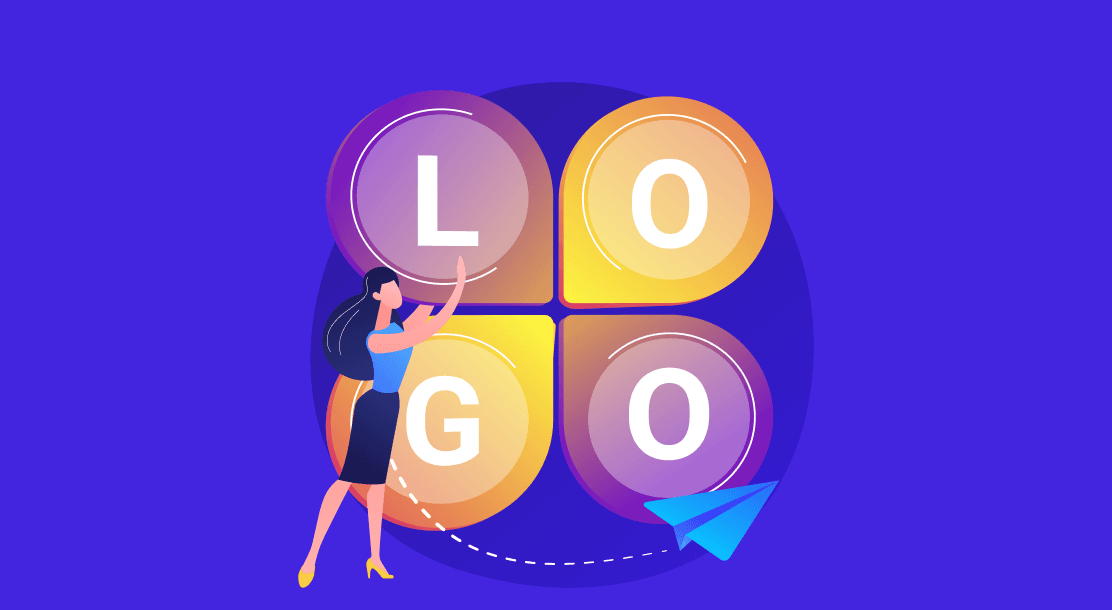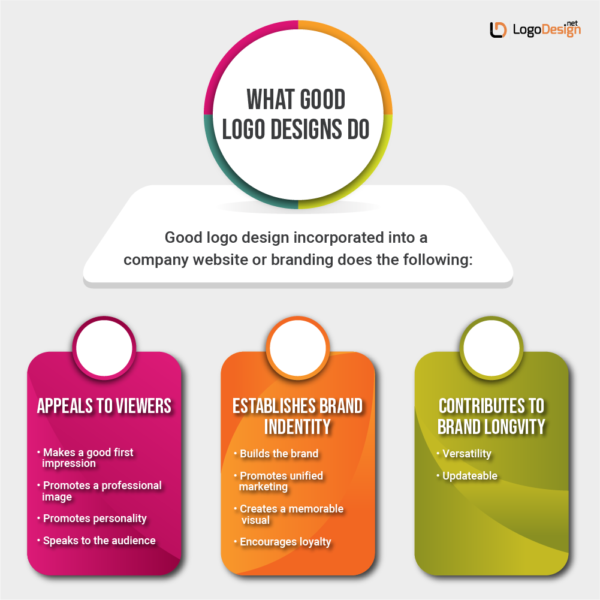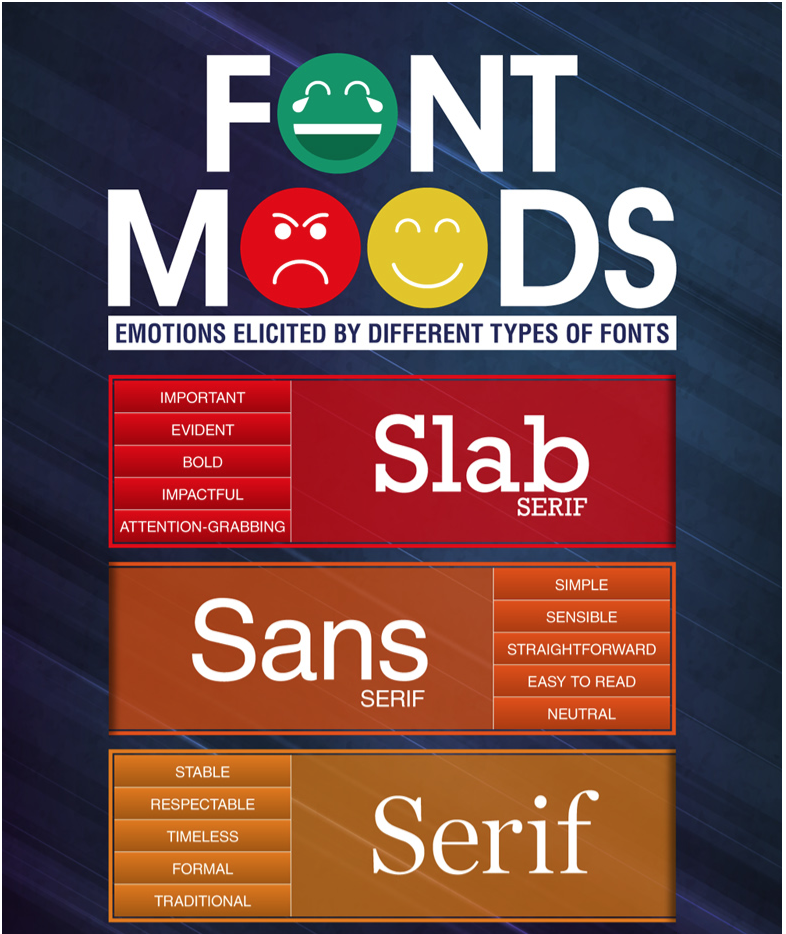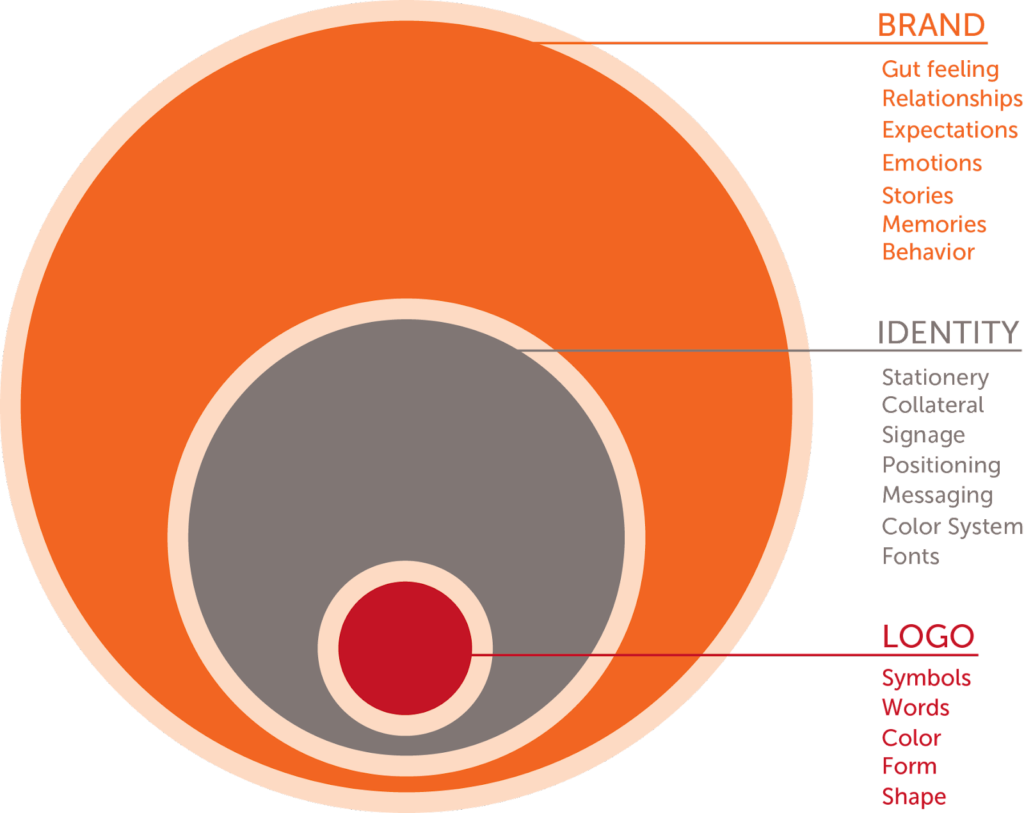
Table of Contents
- Why Is a Logo Important?
- 5 Design Elements That Make a Great Logo
- Answering 10+ Logo Design Questions
- Key Takeaways
- Conclusion
- FAQs
The process of designing logos is a result of a thorough understanding of the brand, knowledge of competition, and fundamentals of the activity, apart from a genuine sense of creativity. Furthermore, all of this requires more than just a brief from a client. For designers wondering how to do logo designing, this blog will help you understand the process better by answering some essential logo design questions.
Why Is a Logo Important?
Logos command attention and establish a solid first connection. They are the vital reinforcement of a brand image. They separate a brand from the market, cultivate brand loyalty, and are remembered by the crowd. Here are some primary advantages of having a great logo.
1. It helps create a great first impression
Your logo is the primary thing that customers will see. Being the first source of the content of your business, you must make a solid first impression. Otherwise, customers might go somewhere else. Creating an eye-catching design will make your customers pay attention, so figuring out how to do logo designing that actually speaks to your audience ought to be your first priority.
2. It strengthens brand identity
Clients need to identify your organization effortlessly, regardless of whether they see it on a mobile phone, an advertisement, or on a billboard. For customers to distinguish your logo, it needs to have a simple yet memorable design. It should not even remotely be like other business logos.
3. It grabs attention
A well-designed logo can rapidly catch the watcher’s eye and impart an organization’s guiding principle to them in a fascinating manner. That limited capacity to focus—you know, one that makes customers judge your business by its appearance—can really benefit you, assuming you have a strong logo to represent your organization.

4. It helps make a brand memorable
When making a logo for your business, it should be so simple yet creative that it is fed into everyone’s memory the moment they see it. Having consistency is indispensable if you want a brand to be remembered for long. Consistency helps keep your business significant and relevant, helps you stand out in the crowd, and helps promote your message.
5. It fosters brand loyalty
Along with boosting memorability, a logo can be a viable device for creating brand loyalty. Having a logo your customers stick to—both intellectually and physically—will transform visitors into faithful supporters of a brand.
6. It makes the brand distinguishable
A planned logo can convey everything from the company’s history, work culture, objectives, mission, and vision by using the right symbols and appropriate typography. The logo conveys a brand’s essential features and shows customers why you’re better than your competition.

5 Design Elements That Make a Great Logo
Every logo is a combination of 5 elements. They are described below.
1. Simplicity
The best logos are the ones that provide the viewer with a quick and clear feeling of who you are as a brand. They are also genuine and simple. As a rule, toning it down would be best, as effortlessness is significant.
2. Timelessness
A logo should be contemporary, and yet, it shouldn’t be designed keeping “hot” trends in mind. This is because when that pattern has run its course, you’ll be left with something that feels obsolete.
If a brand’s logo becomes obsolete, it also limits your possibilities. Hence, a logo designing tip is that the methodology should be current as well as less dependent on trendy components, tones, and typefaces.
3. Uniqueness
Do a speedy hunt of logos in your industry. Search for designs that represent a brand and your industry, but do not copy them. Telecommunication, for example, is loaded with logos highlighting globes; innovation and hardware companies have logos that include swooshes, and dentistry has logos depicting teeth and grins. How do you design a logo?
4. Typographical nuance

Depending on the use and brand identity, you can choose from a plethora of fonts. Typefaces with serif convey a feeling of nobility and power. Sans serif is simple-looking and gives a feeling of security and eccentricity. Typography is a specialty in itself: it’s the primary voice of expressing what your identity is.
5. Specificity
Your logo should be intrinsic to a brand. The world’s best brands are not notable due to their logos. They are known because of the individuals and vision the logo addresses. When settling on the contents of your logo, ensure you have contemplated a brand, its mission, and its overall style. These elements aid in developing a brand personality from the beginning.
Answering 10+ Logo Design Questions
To assist you, we’ve assembled a rundown of logo design questions to help you gain more knowledge about the field. These inquiries will assist you in evaluating what a brand relies on, whom it’s focusing on, and what makes it exceptional before you even get on to the planning phase of the logo. Since a logo isn’t simply an image, shrewd trademark, or charming text style, but a mix of all that business addresses, having this logo questionnaire answered will give you clarity.
1. The basics and backstory
You need to have a clear idea about the brand and its backstory before you design its logo. For instance, even the establishing date of a brand can be a topic of discussion, particularly on the off chance that the association had various names and appearances previously or if it arose because of different consolidations. In such a case, what’s eventually considered the “right” answer isn’t the significant thing.
An expert logo designing tip is to get your clients to open up and discuss the business in a manner that doesn’t seem as though it’s dry advertising talk. However, it should be grounded in certifiable trustworthiness and enthusiastic connection. Some logo design questions in this category are as follows.

- How does a logo reflect the brand?
Despite what your organization centers on, consider a single picture that best addresses it. For example, Amazon sells absolutely everything, and hence, it consolidates an “A to Z” image in its logo. Another example could be coffee shops that use a picture of a cup and steam to exemplify what they offer. Follow this and chase down an optimal picture, textual style, or shading.
- Should there be a tagline included in the logo?
Including the company slogan or tagline can assist in selling the bigger branding parts of the logo configuration you’re making for your client. As far as logo configuration questions are concerned, it’s generally smart to inquire whether the client has any slogans as a top priority.
2. Marketing, branding, and competitors
To plan a really viable logo, you want to know the cutthroat competition against which it will be utilized. Knowing about the organization’s rivals will provide you with insights into what they (and you) are facing.
The inquiries to pose when planning a logo aren’t just with regard to the actual logo. They’re also about the general image of the organization and the picture it depicts to the general population.
- Should the competition be considered when designing a logo?
The motivation behind a logo is to assist individuals with distinguishing their image, and with an instant look, let the audience understand what the business offers. You can begin investigating which components serve this for your organization by assessing who the brand’s competitors are, and what logo design strategies they have implied.
- What is the ideal placement for a logo?
One of the more specialized logo configuration questions, is a significant one in light of the fact that a ton of design choices will rely upon it. As a general rule, the top-left placement for logos is the most effective one, as it encourages a greater brand recall.
- What should the logo’s main focus be?
In the event that a brand has numerous words in its name, which word or words ought to have the most accentuation? Should any of the words in your business’ complete name be barred from the logo portrayal? Perhaps the accentuation shouldn’t be on the words, by any means. It should, instead, be on the symbol or letter mark.
- What are the main elements of logo design?
There are several key elements of a logo, such as an icon mark (non-text symbol), wordmark (full-text representation), mascot (something that personifies the brand), illustration (detailed imagery), and emblem (shape of the logo).
- What colors should you include in a logo?
As a logo designer, you must ask questions about the correct style and shadings for a logo, relying on the variables discussed above. Since it is a client-servicing industry, you must take your client’s preferences seriously. If they loathe green, it doesn’t make any difference whether your logo is exceptional. If it has green in it, it will just not fulfill the client.
3. Target audience
When planning a logo, you want to realize whom you’re planning it for. For instance, your client can belong anywhere from a moderately aged to a more youthful segment. Also, remember that your client’s insights are gold in the decision-making process.
Only your client knows where they need to go with the brand, so it’s essential to pose an exhaustive series of logo design questions to them. A few logo questions you need to know about the target audience are mentioned below.
- How does knowing about the target audience affect logo design?
Who the primary interest group is is considered one of the main logo design questions. By recognizing who the brand’s target audience is, you can dispose of logo components you know won’t work and zero in on those that surely will.
- What groups should the logo cater to?
The logo should look alluring not exclusively to the client, but also to the client’s own audience. Different age groups have different preferences. For this reason, logos for kids’ toy brands are quite bright and colorful.
4. Budget, Timescale, and Management
During meetings with clients, you can conceptualize every one of the thoughts listed above for making an extraordinary, new logo. However, getting their approval can mean a lot of retakes, arranging, and rearranging. So, while you are at it, it’s great to initiate conversations around their budget and timelines, such as the following.
- How important is budgeting in logo design?
You can keep away from future dissatisfaction just by setting sensible assumptions from the beginning. Setting a budget will allow you to make important decisions about all the things related to a logo.
- What is a tip for client-designer interactions?
It’s useful to get some information about both the medium and frequency of conversation during the design cycle, particularly assuming you are inclined towards a hands-on methodology.
Key Takeaways
- A logo addresses the personality of an organization, so there are significant variables to think about when making or refreshing it.
- A logo plan survey is crucial just after you mark the logo configuration contract format, and a long time before logo creation starts.
- By answering each of the above logo questions, you can cross out the plan factors that are negative to a brand’s image.
Conclusion
Your logo questionnaire is the foundation of your plan cycle and result. By posing these brilliant logo design questions, your task won’t just be effective, but also agreeable. When learning how to do logo designing, consistency and certainty will empower you to take on more work at higher rates, and with greater clients.
FAQs
A decent logo is unmistakable, practical, realistic, and basic in structure. It passes on the organization’s desired message.
One essential logo designing tip is to make it memorable, simple, timeless, and unique, among others.
A well-designed logo conveys a brand’s essential features and shows customers why you’re better than your competition.
Logos command attention and establish a solid first connection. They are the vital reinforcement of a brand image. They also help make a great first impression and establish brand identity.
Latest Blogs
Explore how Google’s 2025 AI search updates triggered ranking chaos. Learn actionable strategies to adapt your SEO for AI Overviews, zero-click searches, and SERP volatility. Stay ahead now.
Learn how to rank on AI search engines like ChatGPT, Perplexity, and Gemini by optimizing your content for authority, structure, and relevance. Stay ahead in AI-driven search with this strategic guide.
Explore the best healthcare SEO services for your medical practice. Improve online visibility and effectively reach more patients in need of your services.
Get your hands on the latest news!
Similar Posts

Design
7 mins read
15 Best Firms Offering Design Services in India

Design
5 mins read
All You Need to Know About Data-Driven Design

Design
6 mins read